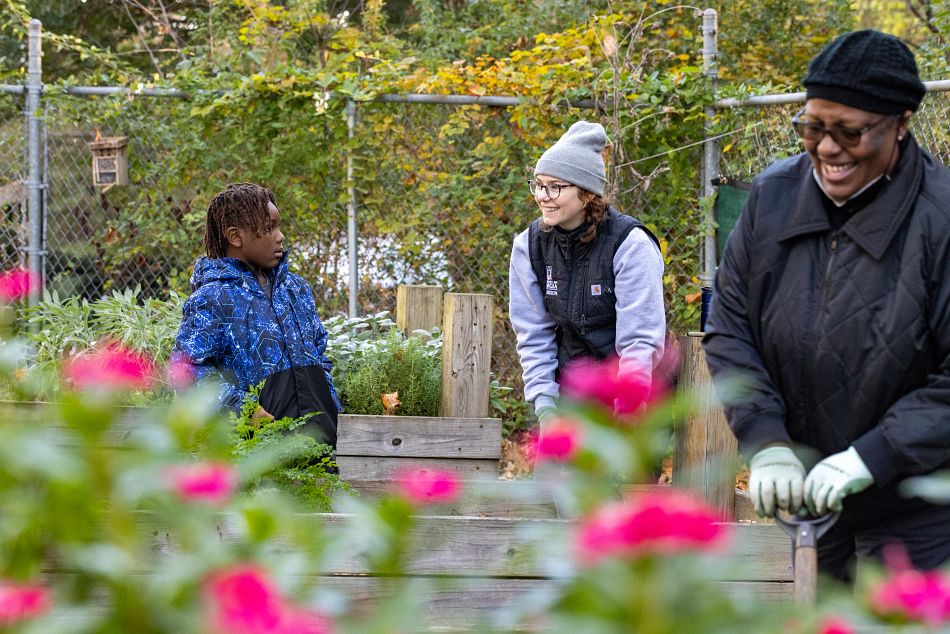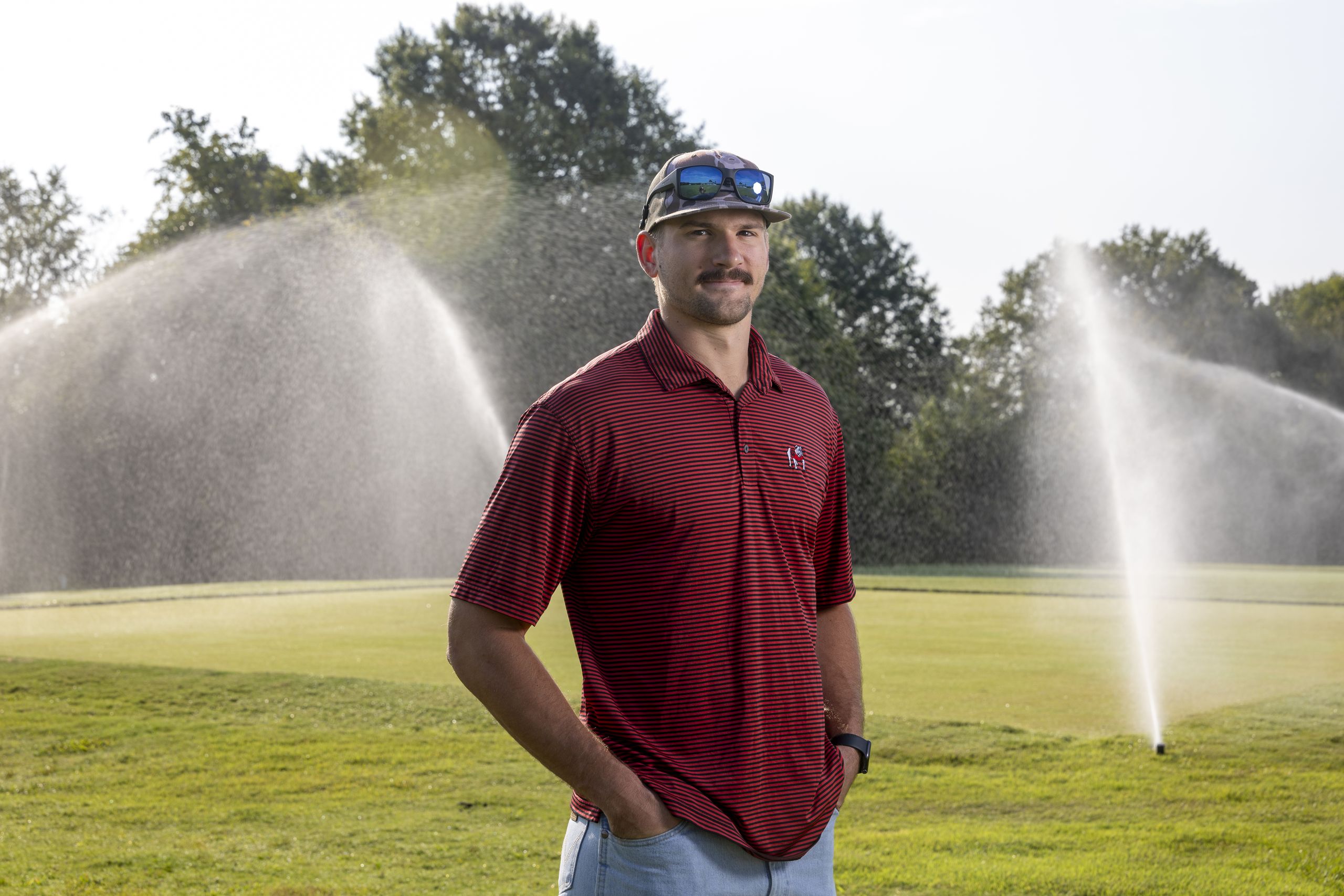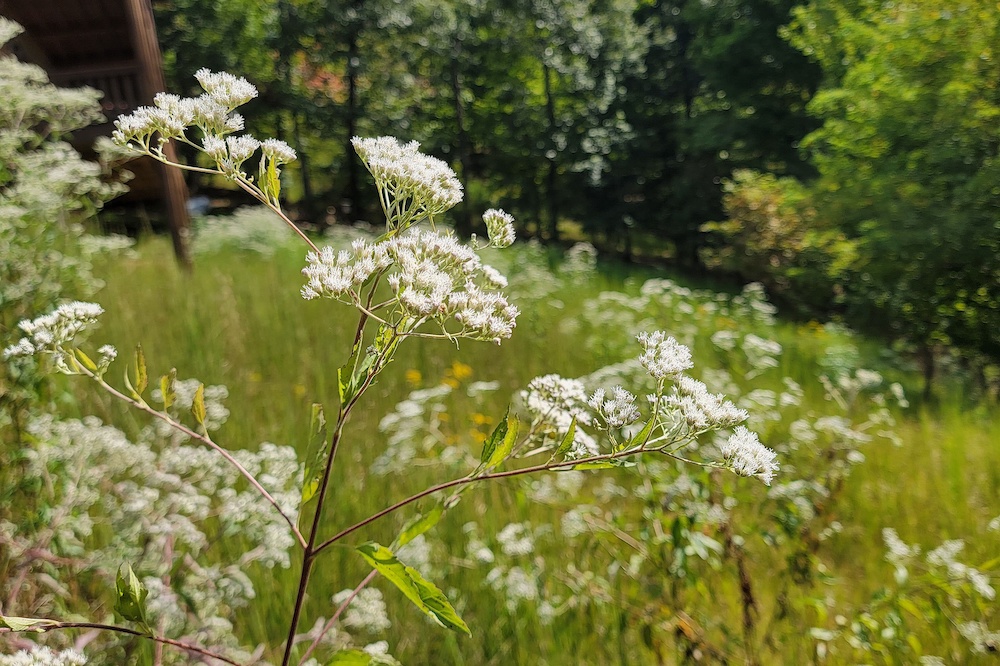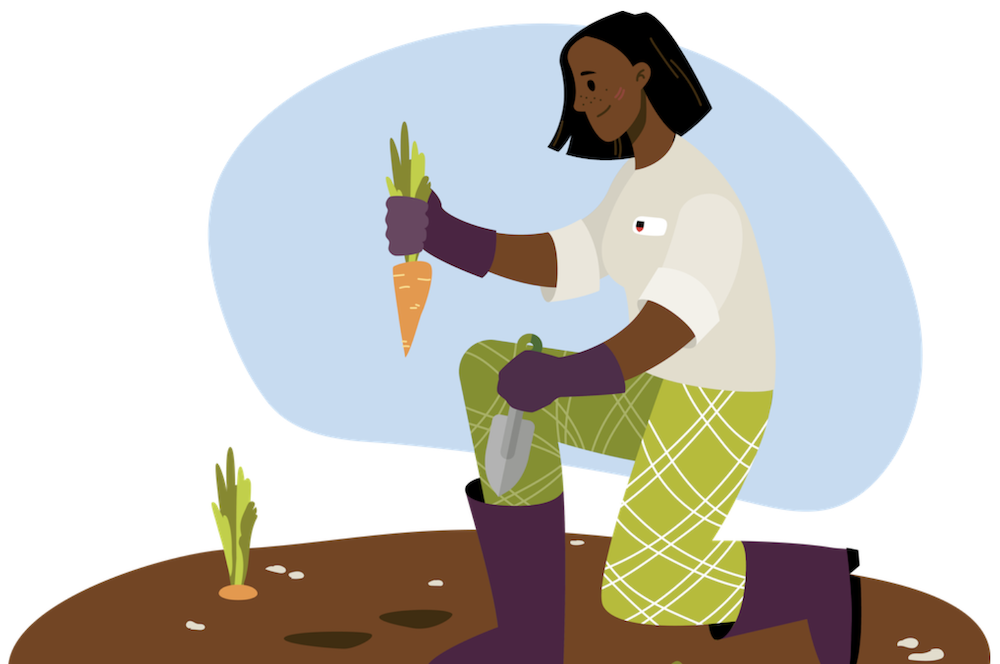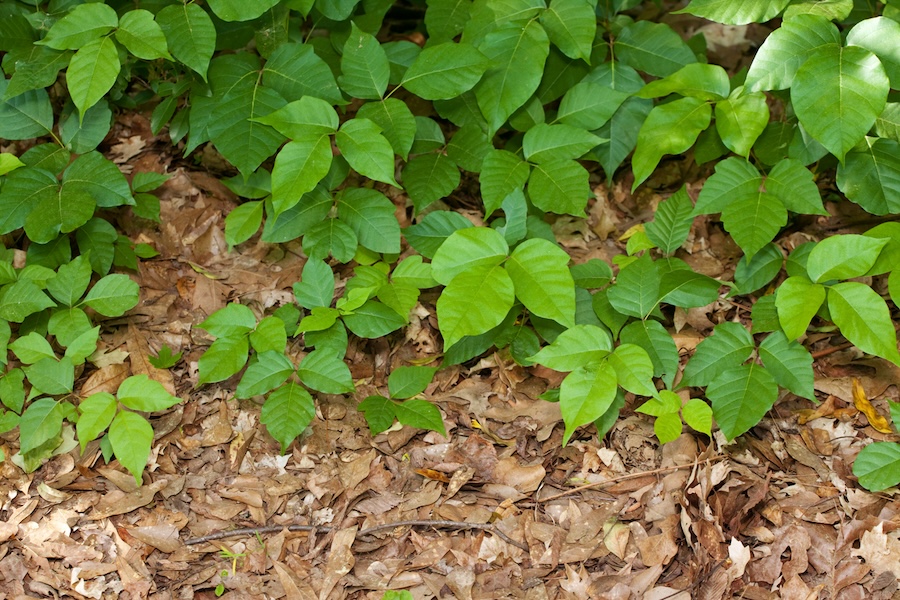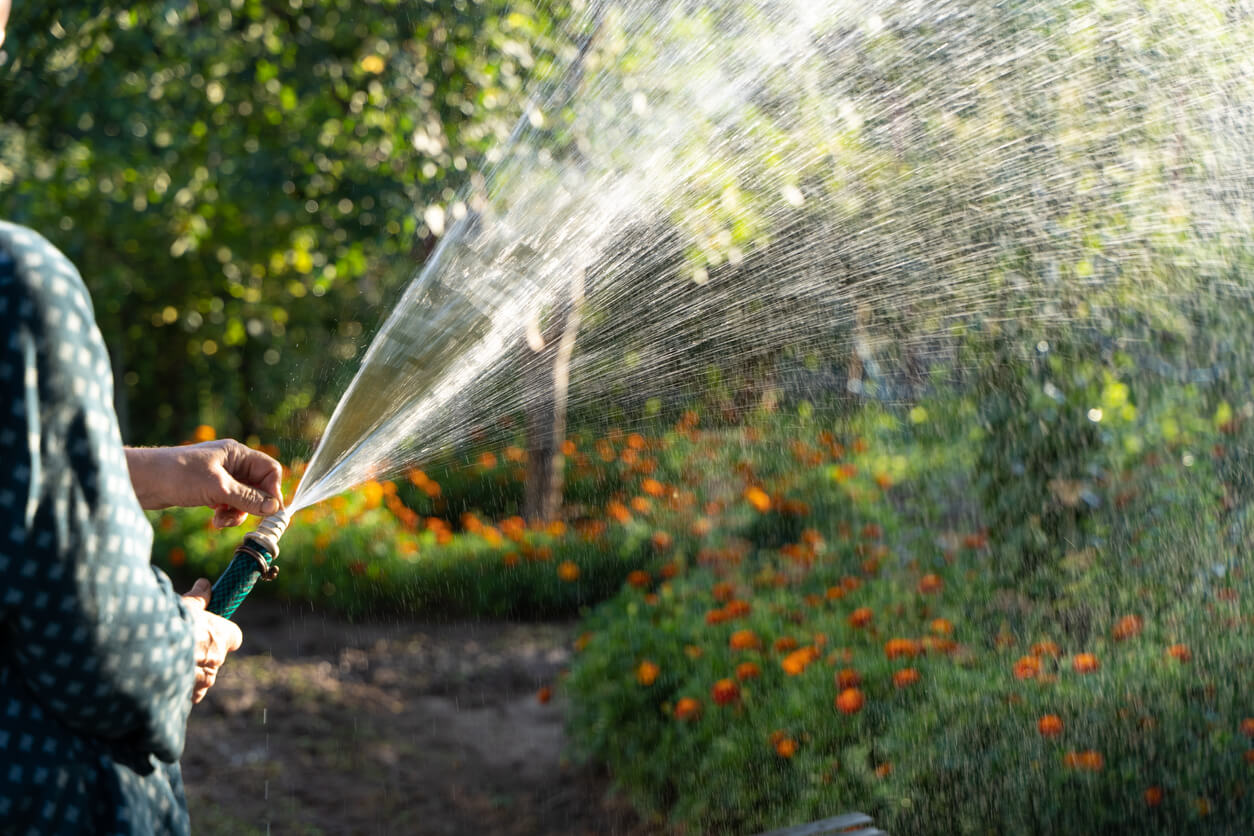The new year is a time for making new personal resolutions. Consider also making some resolutions to prevent problems in the garden throughout 2018. These gardening resolutions could even be easier to keep than personal resolutions like eating less and exercising more.
Resolution 1: Make a plan.
Plan a landscape and work from this plan. Many landscapes develop based on gifted plants or those bought on impulse. The end result can be a hodgepodge of plants with no unity in design. Some landscapes look like a delivery truck, loaded with nursery stock, crashed in the yard and spilled random plants all around.
Take the time to develop a landscape plan that includes ideas for expansion, then add plants as time and budget allow. When shopping at nurseries, look for plants to complete the landscape instead of buying whatever plant is in bloom.
Resolution 2: Use water wisely.
Water plants in the early morning. Afternoon watering wets foliage that does not have an opportunity to dry before nightfall. This extended period of wetness provides a favorable environment for the development of fungal diseases in the garden. The best time to water a lawn is between 2 a.m. and 6 a.m. During this time, the water pressure is highest, disruption of the water pattern from wind is low and water lost to the atmosphere due to evaporation is nonexistent. Morning irrigation supplies water when the landscape is able to use it, and the rest evaporates throughout the day.
Resolution 3: Cut back on inputs.
Don't use fertilizer as a cure-all for garden problems. In response to a plant problem, it’s natural to reach for the fertilizer bag. Soil sample results provide the best fertilization recommendations, and fertilization should ensure the proper health and vigor of the landscape as a whole. A common misconception is that if a plant looks bad, then it must need more fertilizer.
Take the time to look carefully at poorly performing plants to determine the cause of their problems. Insects, diseases and environmental conditions are often the cause. Contact your local University of Georgia Cooperative Extension office if the cause is unknown. Many plant problems can be diagnosed over the telephone or by bringing a sample of the plant to the office.
Resolution 4: Just read the instructions.
Read and follow the instructions on all chemical labels to the letter. The labels of landscape chemicals contain a wealth of information. The pesticide label is the best guide for safely and effectively using pesticides. The directions on the label are there to help achieve maximum benefits with minimum risk. Don't fall into the trap of thinking, "If a little bit is good, then a lot is better!" An increased dose of garden chemicals beyond the labeled rate can result in vegetables harvested with pesticide residues and damage to the plants being treated.
Follow the label each time you mix and use the pesticide as well as when storing or disposing of the pesticide. Use of any pesticide in any way that does not comply with label directions and precautions is illegal. It may also be ineffective against the pests and, even worse, pose risks to users or the environment.
Of course, there are many other resolutions that could be included in this list. Make a few and stick to them this year. Gardening will be much more enjoyable if you follow a plan.

